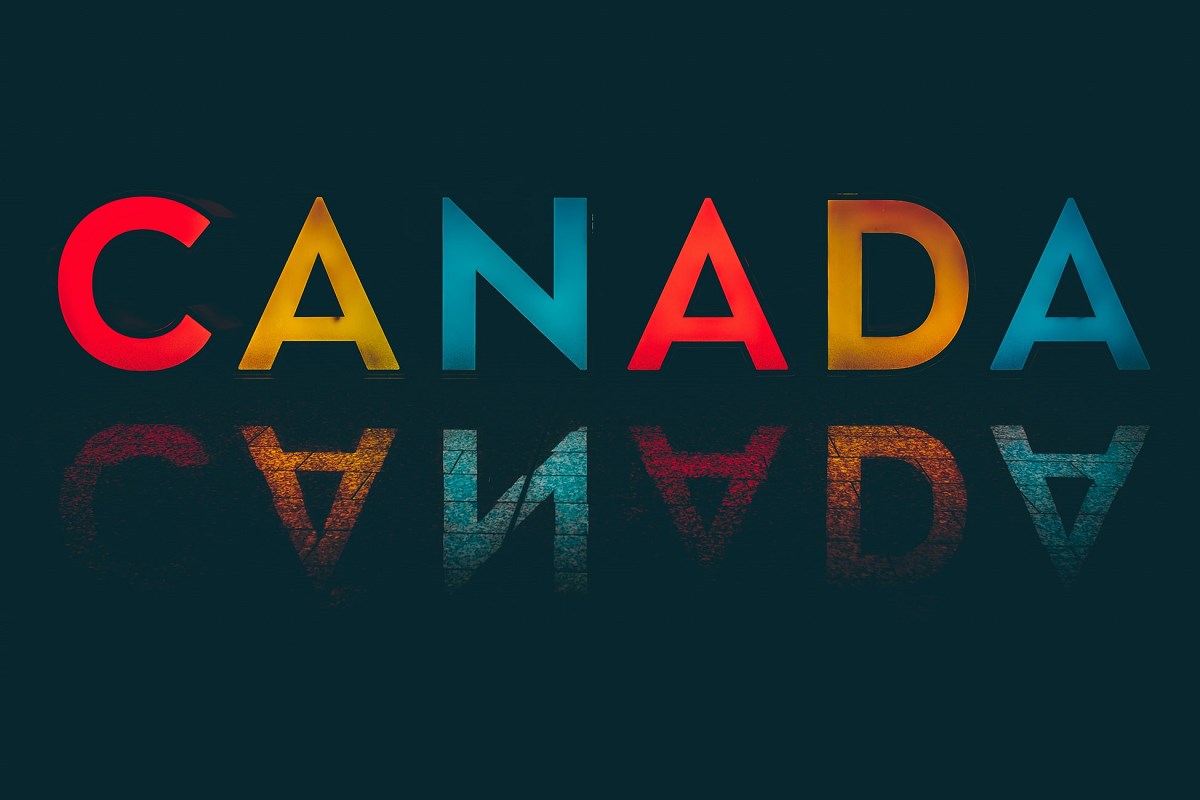
With stimulus, policy uncertainty and likely inflation ahead – government bonds have been under pressure, but corporate bonds may offer more attractive upside potential for active yield-seekers.
Last year a bet on corporate credit proved to be a fairly good one for investors of the $1.9 billion 4-star rated CI Signature Corporate Bond F, since it returned 6.21%, compared to 4.67% for the High Yield Fixed Income category. Given that the year-to-date return is flat, 2021 may be a more challenging year, says John Shaw, co-manager of the fund and vice-president at Toronto-based Signature Global Management, a unit of CI Investments.
“We wouldn’t want to see the events that occurred, which led to our ability to make higher returns, repeat themselves,” says Shaw, a 30-year industry veteran who joined Signature in 2004 and for the past 15 years has shared management of the fund with Geof Marshall, senior vice-president. “Those events were quite volatile and this year we expect volatility to be much lower.”
Lower Volatility - Higher Headwinds
Shaw notes the outlook for the economy is improving, thanks to the rollout of COVID-19 vaccines, combined with the huge fiscal package in the U.S. and accommodative policies of central banks. “That will ensure growth in the second half of 2021 and well into the first half of 2022,” observes Shaw. “This is supportive for credit [corporate bonds]. However, the strong growth and the central bank’s monetary framework will leave overnight interest rates lower for longer, until they reach their mandate of near full employment and meet long-term inflation expectations of near 2%. The outlook for credit is strong this year. But it will be hard to repeat last year’s return this year because the strong growth will also give us a major head-wind in the form of higher interest rates which will dampen fixed income returns.”
Last year, notes Marshall, the bond market went through a drastic phase in March when bonds were not trading and companies were not issuing new securities. “What happened in the span of about seven months in 2008 happened in about five weeks in 2020. Once we saw the Federal Reserve and the Bank of Canada step in with stimulus and emergency lending programs, it was time to take more risk and extend out the yield curve and go from short-dated paper to longer-dated paper and get some price gains from spread compression. Central banks indicated they would do whatever it took to make sure credit was flowing,” says Marshall, a 23-year industry veteran who joined Signature in 2006. Working with 10 analysts, the team oversees about $28 billion in aggregate across a spectrum of funds.
When Will the Fed Stop?
Today, long-term rates are rising in the U.S., due in part to two stimulus packages worth in total about US$2.8 trillion. “There is concern that growth will push up inflation,” says Shaw. “Since the Fed is undertaking this new monetary policy framework the bond market is not sure at what point the Fed will put a damper on rising inflation and therefore the interest rate market is trying to find a comfortable level where it feels the Fed will not let inflation get out of hand. But right now their policy of reaching for full employment and inflation expectations of 2%, means that administered interest rates will stay low for quite a while. That is putting pressure on long-term rates. That’s our main concern.”
In the U.S. 10-year rates are close to 1.65%. But Shaw and Marshall believe they can move up to the 1.75-2% range over the rest of the year. “We will probably see the highs in the yields before the year-end,” saw Shaw. “The market always looks forward six to nine months. As we approach the end of 2021, the big boost in economic activity will be occurring at that time, but future growth will be more moderate and interest rates can find a steadier level in that 1.75-1.85% range.”
Tug of War Between Bonds and Stocks
When it comes to company fundamentals, Marshall argues the larger risk is the to-and-fro between fear and greed in the bond market. “I like to say that fear accrues to the benefit of bondholders and greed to the benefit of shareholders. Bondholders always like a little fear because it focuses management teams and shareholders on debt reduction, paying down debt and ensuring they have access to capital markets,” says Marshall. “Greed is all about going for growth and increasing dividends and debt-financed mergers and acquisitions. We are still in a fearful market, especially in the COVID sectors such as airlines, cruise lines and lodging. We will see if other parts of the market that are maybe a little less fearful and respond to how cheap debt is and pivot back to the greed phase.”
From a strategic viewpoint, the fund is a hybrid product because it combines investment-grade and high-yield bonds, with a starting point of 50-50. In early 2020, the mix was more or less neutral, but as the pandemic hit the sell-off was proportionately larger in the investment-grade bond space than high-yield.
Attention to Credit Duration
While many investors focus on interest-rate duration (where generally the rule is the higher the number the more volatile the fund will be) Shaw points to a little-discussed concept of credit duration. “Lengthening the duration of the bonds was for the credit spreads. As those spreads came in, for a short period we had almost equity-like returns in the investment-grade space. With the positioning of the fund in mostly U.S. high-yield bonds and Canadian investment-grade bonds, we found it difficult to buy investment-grade bonds to the extent that we wanted in Canada. So we participated in the U.S. new issue market, to be able to buy good-quality, long-duration debt.”
In September, the managers began increasing the high-yield bond portion by two-percentage increments and finished the year at about 60% of the portfolio. That’s where the fund is today, with the balance in about 33% investment-grade bonds, 5% preferred shares and 2% government bonds and cash. The bulk of the portfolio is in BB and BBB-rated bonds.
Currently, the spread between U.S. high-yield bonds and government bonds of corresponding terms is about 360 basis points (bps). Back in March 2020, it was 875 bps. Meanwhile, the spread for Canadian investment-grade bonds over government bonds has dropped to 113 bps, compared to 255 bps in March 2020. U.S. investment-grade corporate bonds have a spread of about 100 bps over U.S. Treasuries.
The duration for the fund is 4.1 years, or somewhat shorter than the 5.25 years for the blended benchmark of FTSE Universe & Maple Corporate Bond Total Return Index and the ICE Bank of America Merrill Lynch U.S. High Yield Total Return Index. The fund has a running yield of 4.3%, before fees.
Corporate Bond Picks
Running a highly diversified portfolio of about 340 bonds from about 185 issuers, in February the managers acquired bonds issued by Cineplex Inc. (CGX) “Post March 2020, companies pulled levers to extend their liquidity in order to survive. That meant issuing secured debt, or convertible bonds, or raising equity and selling assets,” says Marshall. “This bond is in Canadian dollars and not rated, and that fact will winnow down the number of interested buyers. If it is not rated, it won’t go in the index. But that’s irrelevant. We thought it was very good compensation for a business that may not be quite a monopoly. But Cineplex is a market leader in a business where we could see volumes come back with the delivery of vaccines and as the economy opens up again.” Maturing in February 2026, the bond is yielding 6.5%.
Another representative high yield bond is from Carnival Corp. (CCL), one of the largest cruise ship operators in the U.S. Formerly rated investment-grade, its bonds had fallen into the high-yield space as the cruise business shut down. Carnival issued secured debt paying 11.5%, with a maturity date of 2023. Then the market did an about-face.
“Similar to Cineplex, it’s an oligopoly. That means supply growth and pricing discipline will exist in this market. The economy will re-open and people will want to travel because cruising is a great value proposition.” The bonds are now yielding about 3.3%. Carnival’s situation has changed for the better. “The cost of borrowing has been halved since last April since new unsecured debt, that is due in 2027, was issued at 5.75%,” says Marshall. “Cruise lines have demonstrated they have ongoing access to capital markets.”








:quality(80)/cloudfront-us-east-1.images.arcpublishing.com/morningstar/VYKWT2BHIZFVLEWUKAUIBGNAH4.jpg)












